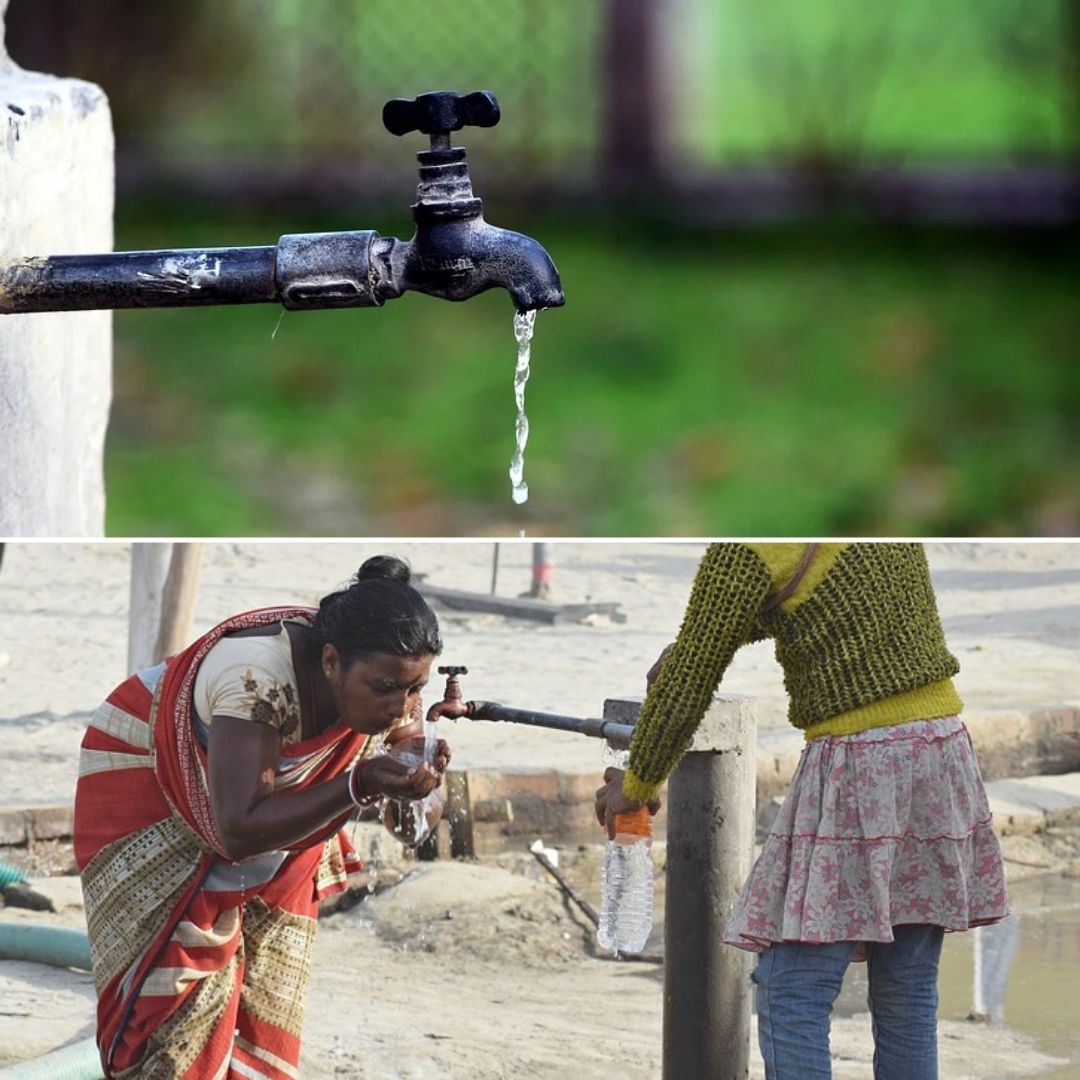New Draft Guidelines On Water Supply For Differently-Abled Includes Hand Rails, Foot Pedals & More
Writer: Ronit Kumar Singh
A confident and reliable journalist who always desires to toss the unheard voices. I cover politics and governance extensively through stories.
India, 22 Aug 2022 7:39 AM GMT
Editor : Shiva Chaudhary |
A post-graduate in Journalism and Mass Communication with relevant skills, specialising in content editing & writing. I believe in the precise dissemination of information based on facts to the public.
Creatives : Ronit Kumar Singh
A confident and reliable journalist who always desires to toss the unheard voices. I cover politics and governance extensively through stories.
Apart from differently-abled and elderly people, these features would also help pregnant women, mothers with young children, and people with physical ailments as they also face similar challenges.
Towards making the public infrastructure more inclusive, the Department of Drinking Water and Sanitation has prepared draft guidelines to provide input to 'Harmonized Guidelines and Space Standards for Barrier Free Built Environment for Persons with Disabilities and Elderly Persons'. The draft document has made the piped water supply more accessible to differently-abled, elderly, and vulnerable people.
In the draft document, the centre has suggested including handrails at drinking water points, foot-operated pedals that turn on the tap, braille indication to help people understand instructions, and several other features. After including this at drinking water points, the accessibility factor will bolster people with challenges.
Inclusive Approach
Apart from differently-abled and elderly people, these features would also help pregnant women, mothers with young children, and people with physical ailments as they also face similar challenges. In the draft document, several existing provisions of various guidelines are compared with each other and are suggested to be amended to make piped drinking water facilities more inclusive.
The draft document includes accessible piped drinking water supply in the community, households, public places, and public offices. Furthermore, schools, health centres, district hospitals, Anganwadi centres, and marketplaces are also covered in the draft guidelines.
Special Features
Several features are suggested for making an accessible system- baby-friendly water points with correct location and height, handrails, automatic sensors, braille indication, and tonal contrast colours for people with partial blindness and low vision. According to officials, the water points will also be made with height adjustment factors to meet the requirement of people with disabilities.
The draft guidelines read, "The height and design of the water point need to be adjusted for children and people with disabilities. For children, the height should be between 500-700 mm, and for wheelchair users less than 850mm. In practice, this will require either two water points set at different heights or one flexible modular unit with two water points," NDTV reported.
After the publication of draft guidelines, several rights activists welcomed the decision but also stretched upon strict implementation of the plan on the grass-root level. The executive director of the National Centre for Promotion of Employment for Disabled People, Arman Ali, said that India is home to 100 million people with disabilities and the current inaccessible piped water supply violates their right to life as per Article 21 of the Indian Constitution.
Also Read: Madras Day: Know The Historical Significance Of This Day Celebrated Every Year
 All section
All section















